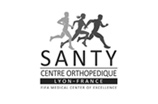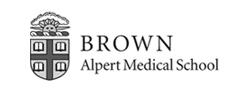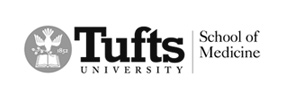Subacromial Decompression
Introduction
Subacromial decompression surgery is performed to treat shoulder impingement, one of the most common causes of shoulder pain. Shoulder impingement causes the bones and tendons of the shoulder to rub painfully against each other when the arm is raised.
Disease Overview
The acromion is a bony projection of the shoulder blade that forms a roof over the shoulder joint. The space under the acromion is called the sub-acromial space. Tendons of the rotator cuff muscles pass through this space and attach to the head of the humerus or upper arm bone helping with movement and stability of the shoulder joint.
A fluid filled sac called a bursa is present between the acromion and the rotator cuff tendons to provide smooth movement. Impingement occurs when there is loss of sub-acromial space leading to compression of the rotator cuff tendons and pain while performing overhead activities. This may be due to inflammation of the tendons or bursa or may also be caused by bony overgrowths.
Indications
Your doctor may recommend sub-acromial decompression if your symptoms do not improve following a course of conservative treatment with anti-inflammatory medication and physical therapy.
Surgical Procedure
The procedure is performed under general anesthesia or local anesthesia with sedation with the goal of creating more room for the rotator cuff tendons to alleviate the shoulder pain.
Sub-acromial decompression or acromioplasty can be performed minimally invasively with an arthroscope or by an open technique.
In an arthroscopic procedure, two or three small incisions called portals are made around your shoulder. Through one portal, the arthroscope is inserted to view the shoulder joint. Utilizing an arthroscope and video camera your doctor visualizes the structures inside the shoulder on a computer monitor and assesses for any pathology or anomaly. Miniature surgical instruments can be inserted through the other portals to perform the decompression. During the procedure, the front edge of the acromion is removed along with some of the bursal tissue and a few millimeters of the clavicle to increase the sub-acromial space for the rotator cuff tendons. After treating the problem, the incisions are closed with sutures.
Post-Operative Care
Following surgery, you may have some pain in the arm for about a week for which you will be given medication to keep you comfortable. Your arm may be placed in a sling for a short period of time to promote early healing. A rehabilitation program that includes exercises to regain range of motion of the shoulder and strengthen the arm will be recommended.
Risks and Complications
Risks and complications of shoulder surgery may include infection, blood clots, excessive swelling or bleeding, damage to blood vessels or nerves, and instrument breakage. These complications occur in less than 1 percent of all arthroscopic procedures.





